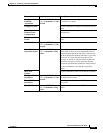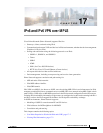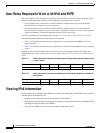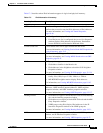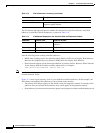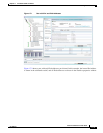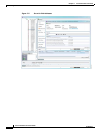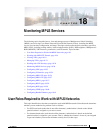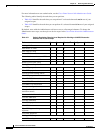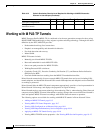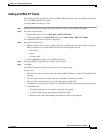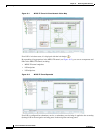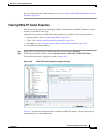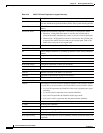
CHAPTER
18-1
Cisco Prime Network 4.0 User Guide
OL-29343-01
18
Monitoring MPLS Services
The following topics describe how to view and manage aspects of Multiprotocol Label Switching
(MPLS) services using Cisco Prime Network Vision (Prime Network Vision), including the MPLS
service view, business configuration, and maps. The topics also describe the device inventory specific to
MPLS VPNs, including routing entities, label switched entities (LSEs), BGP neighbors, Multiprotocol
BGP (MP-BGP), VRF instances, pseudowires, and TE tunnels. Topics include:
• User Roles Required to Work with MPLS Networks, page 18-1
• Working with MPLS-TP Tunnels, page 18-4
• Viewing VPNs, page 18-18
• Managing VPNs, page 18-21
• Working with VPN Overlays, page 18-24
• Monitoring MPLS Services, page 18-26
• Configuring VRF, page 18-53
• Configuring IP Interface, page 18-54
• Configuring MPLS-TP, page 18-54
• Configuring MPLS-TE, page 18-57
• Configuring MPLS, page 18-57
• Configuring RSVP, page 18-58
• Configuring BGP, page 18-59
• Configuring VRRP, page 18-60
• Configuring Bundle Ethernet, page 18-61
User Roles Required to Work with MPLS Networks
This topic identifies the roles that are required to work with MPLS networks. Prime Network determines
whether you are authorized to perform a task as follows:
• For GUI-based tasks (tasks that do not affect elements), authorization is based on the default
permission that is assigned to your user account.
• For element-based tasks (tasks that do affect elements), authorization is based on the default
permission that is assigned to your account. That is, whether the element is in one of your assigned
scopes and whether you meet the minimum security level for that scope.



